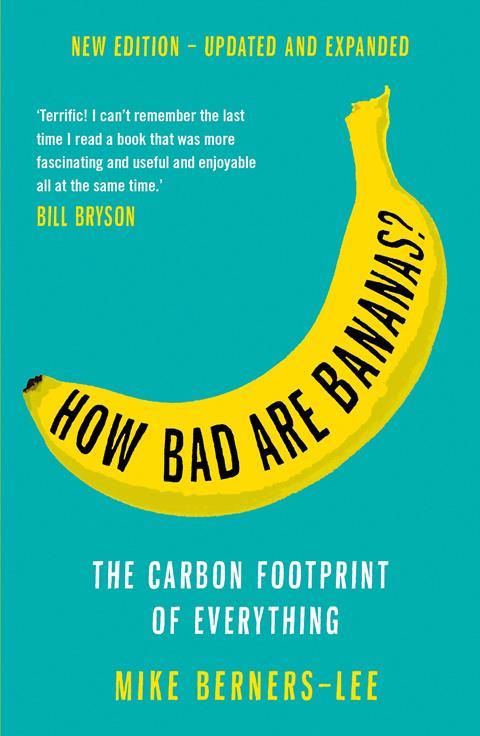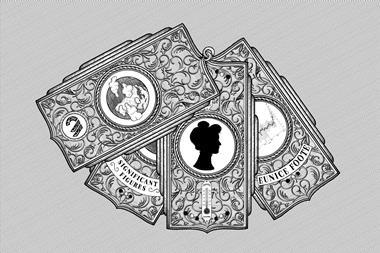Mike Berners-Lee
Profile Books
2020 | 304pp | £9.99
ISBN 9781788163811
Buy this book on Bookshop.org
Buy this book on Amazon.co.uk

Climate change is something that everyone is talking about. We know how it works and what it is doing to our planet. As individuals, however, do we really know exactly how we are contributing, and, more importantly, in what way can we make changes in our day-to-day lives? The newest edition of How Bad Are Bananas? (the first was published in 2011) is one of the most informative, impactful and surprisingly intriguing books that I think I will ever read when learning about carbon footprints and the real impact of each thing I have done, bought, ate, drank, attended and used – the list here stretches on and on.
Mike Berners-Lee’s clever structure outright generates questions that you never thought about. For example, what’s better for the environment, taking a bus or driving a hybrid car? The simple and short introduction is followed by the author giving a brief explanation of carbon footprints. The manner in which this book is written continuously raises awareness, which is not only educational but also puts into perspective the amount of carbon dioxide humans create. We need to cut our usage as we are in the middle of a climate emergency – a fact that is reiterated throughout the book.
The main body of the book then catalogues everything that has a carbon footprint and explains the total impact that it creates. Examples range from a Google search, a pair of jeans or a cup of tea to having a child, taking a return trip from London to Hong Kong and the World Cup, all of which are categorised according to the weight of carbon dioxide produced. The information contained in How Bad Are Bananas? is extremely thought-provoking. But Berners-Lee not only delivers hard-hitting facts, he also provides alternatives, examining the bigger picture and even drawing unexpected laughs.
The book’s final chapters look at methods of removing carbon dioxide (eg planting trees) and list step-by-step what the average person can do, while detailing where all the facts come from and how the numbers were generated. This book has a consistent key message – carbon footprints need to be cut down – and without a doubt, it is clearly and concisely delivered.
Although I wouldn’t get into bed and read this book cover to cover, I can see myself dipping in and out of it regularly. It is a valuable resource and has certainly made me reconsider some of my lifestyle choices. For example, I now send plants to my friends instead of flowers, I switch the lights off every time I leave the room, and try to use the tumble dryer and dishwasher less – which I guess is exactly what the book intended to do.












No comments yet